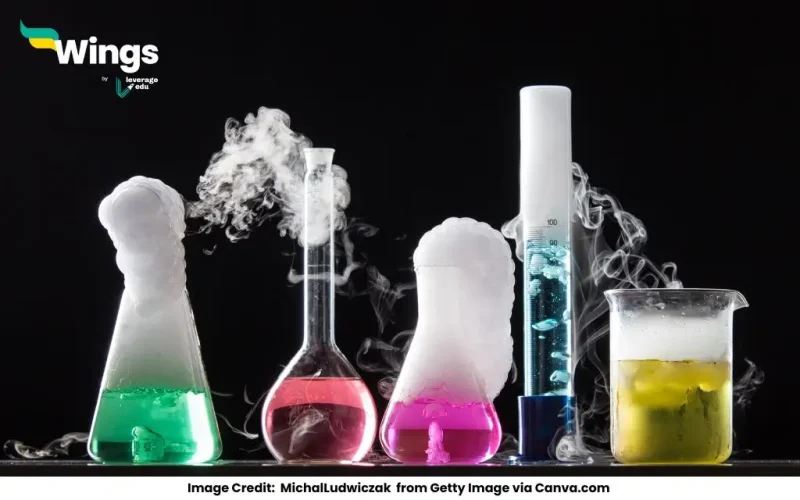Answer: A precipitation reaction is a type of chemical reaction in which two soluble ionic compounds react in an aqueous solution to form an insoluble solid called a precipitate. The precipitate settles down at the bottom of the container, separating from the solution.
This reaction follows the general form:
AB + CD AD + CB
where at least one of the products is insoluble in water and forms a precipitate.
Example of a Precipitation Reaction
A classic example is the reaction between silver nitrate (AgNO₃) and sodium chloride (NaCl) in an aqueous solution:
AgNO3(aq) + NaCl(aq) AgCl(s) + NaNO3(aq)
Here, silver chloride (AgCl) is the precipitate, which appears as a white solid.
Step-by-step breakdown:
1. Reactants:
- Silver nitrate (AgNO3) and sodium chloride (NaCl) are both soluble in water. When dissolved, they break into their respective ions:
- AgNO3 dissociates into Ag⁺ (silver ion) and NO₃⁻ (nitrate ion)
- NaCl dissociates into Na⁺ (sodium ion) and Cl⁻ (chloride ion)
2. Reaction Occurs:
- When these solutions are mixed, the Ag⁺ (silver ion) reacts with Cl⁻ (chloride ion) to form AgCl (silver chloride).
- Silver chloride (AgCl) is insoluble in water, meaning it does not dissolve and instead forms a solid.
3. Precipitate Formation:
- The solid AgCl appears as a white precipitate, which settles at the bottom of the container.
- Meanwhile, the other product, sodium nitrate (NaNO₃), remains dissolved in water as it is soluble.
4. Observation:
When the two transparent solutions are mixed, a white cloudy substance appears, indicating the formation of a precipitate.
More Examples of Precipitation Reactions
According to solubility rules, most chloride salts are soluble in water, except for silver chloride (AgCl), lead chloride (PbCl₂), and mercury chloride (Hg₂Cl₂). This is why silver chloride precipitates out of the solution, forming a visible solid.
This reaction is commonly used in qualitative analysis in chemistry to identify the presence of chloride ions in a solution.
Common Doubts in Chemistry
 60,000+ students trusted us with their dreams. Take the first step today!
60,000+ students trusted us with their dreams. Take the first step today!


 One app for all your study abroad needs
One app for all your study abroad needs










